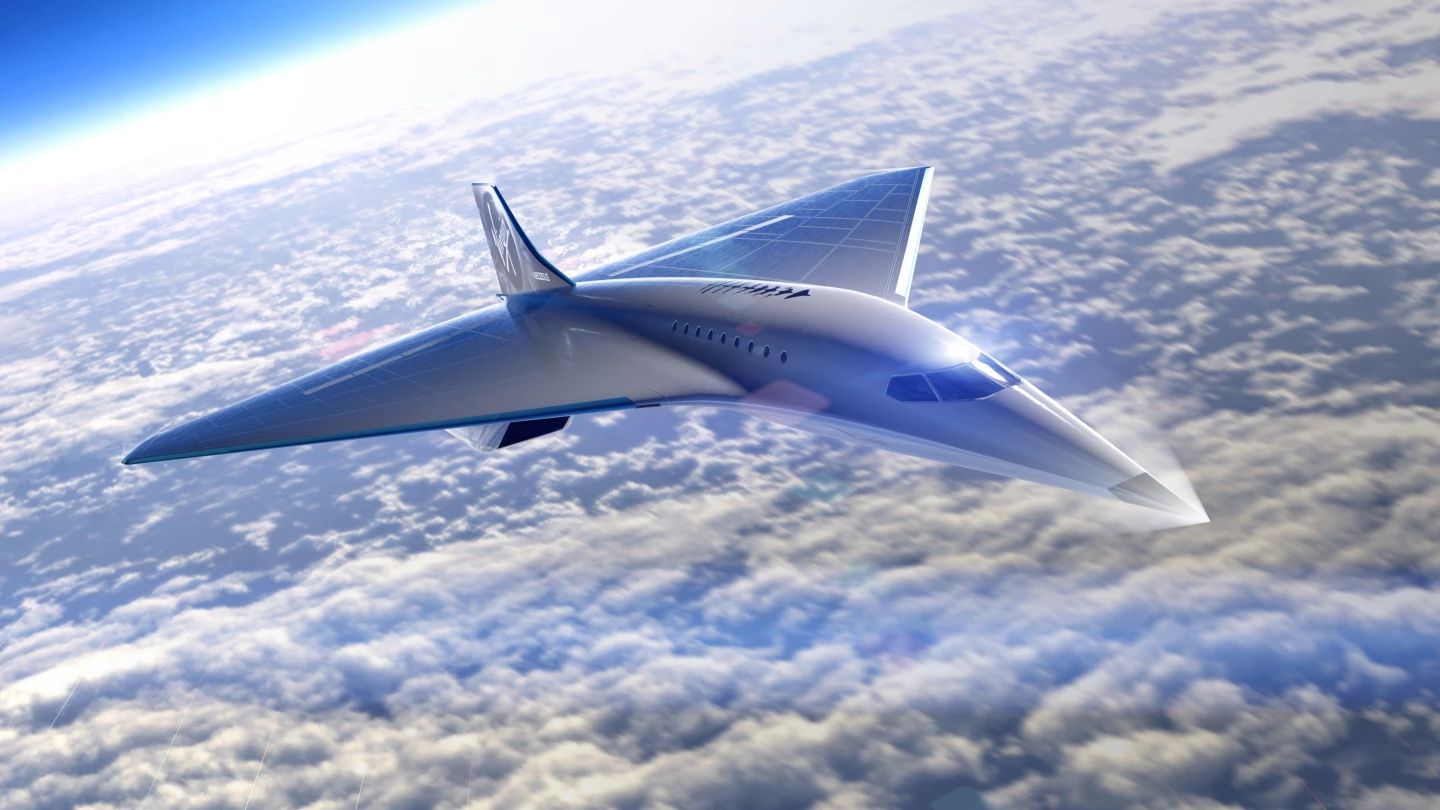There's a new crop of supersonic aircraft beginning to sprout, thanks to advances in engine, materials and satellite weather tracking that will enable aircraft to break the sound barrier over land without the disruptive noise pollution of a sonic boom reaching the ground.
Aerion, Boom and Spike, for three examples, are working on supersonic business jets. Virgin Galactic is looking to bring the time savings of Mach 3 travel to a slightly broader passenger market. One of the issues, of course, is that supersonic flight has long been illegal over US soil, boomless cruise or no boomless cruise. But the US Government wants to set the regulatory agenda internationally, and has instructed the FAA to take a leadership role as the sector develops.
Supersonic flight over American soil will remain prohibited, but new regulations will streamline the process through which these companies can apply for specific exemptions, clearing away some of the red tape and offering a clear path for flight testing over land.
The FAA was clear in its Final Rule document that the new regulations will not allow supersonic flight in a categorical fashion, a result Boom in particular was pushing hard for; each test flight must be approved individually, including an analysis of the environmental impacts on the area over which it'll be undertaken. There were a number of objections to the ruling, chiefly focused on noise pollution but also questioning the environmental cost. The technology might improve, but physics is rigid; supersonic flight will always burn vastly more fuel than subsonic.

As we discussed in our interview with Aerion's Chief Sustainability Officer and Executive VP Environment & Sustainability, Gene Holloway, the hope is that eventually these new aircraft will use "caustic layers" of temperature inversion in the atmosphere to fly over Mach 1 but reflect the sonic boom back upward so it never touches the ground. The new regulations will now make noise testing an acceptable objective for test flights, allowing this boomless cruise technology to be evaluated over ground.
This will all still take some time. Aerion, for example, doesn't expect a first flight for its AS2 jet until sometime around 2025, and Virgin Galactic's effort is still in very early stages. Boom and Spike are closer, with small-scale demonstrator aircraft built, and in Spike's case, already flown. All these companies firmly believe that new technologies and approaches will bring supersonic flight back into the civilian sector in a fashion more sustainable than the Concorde, which took its final flight in 2003.
Source: FAA






